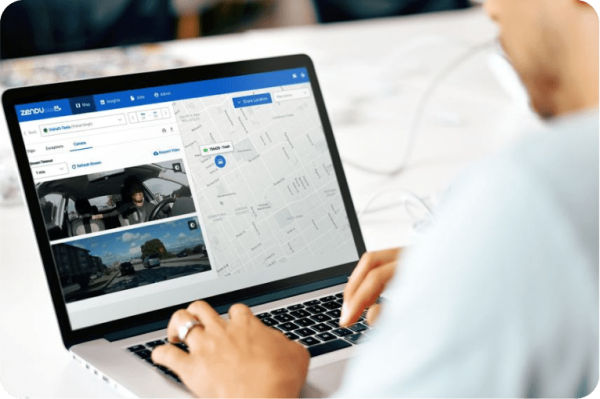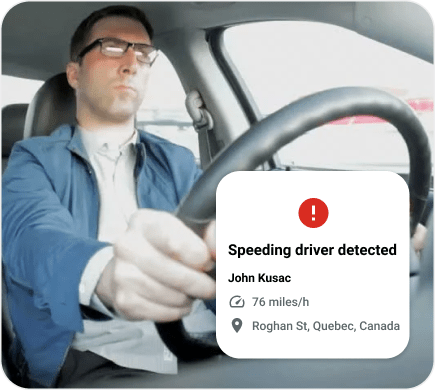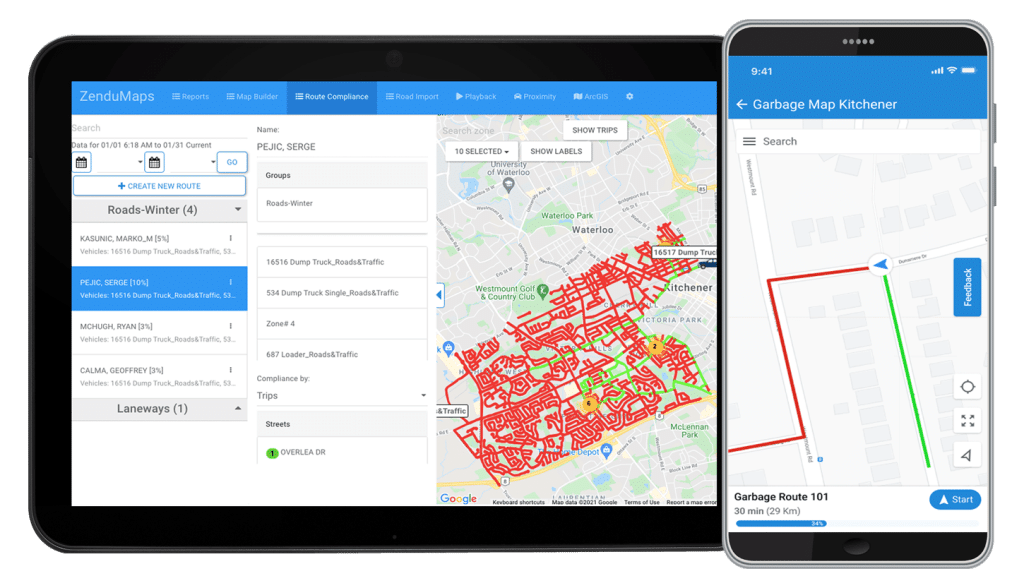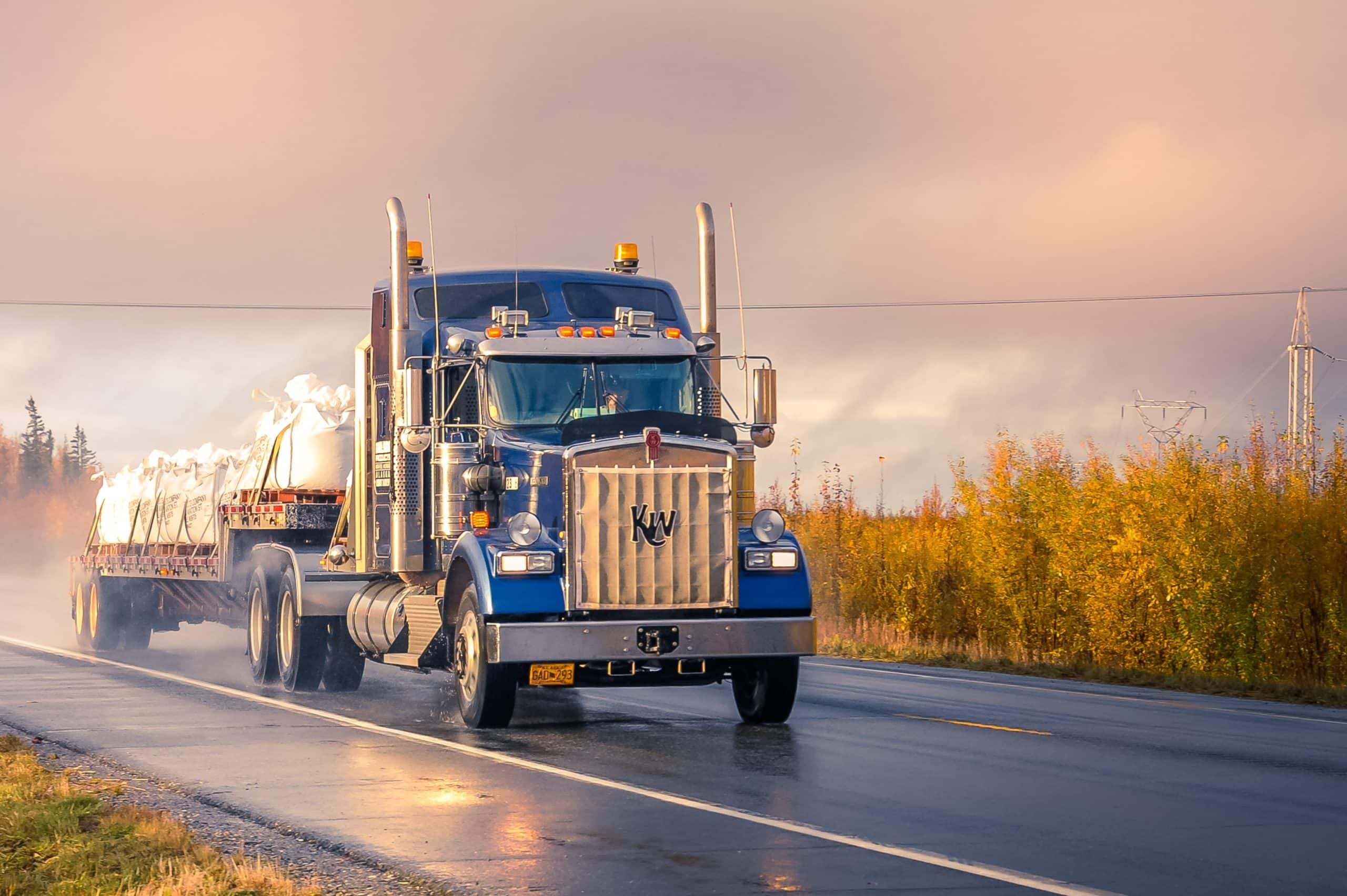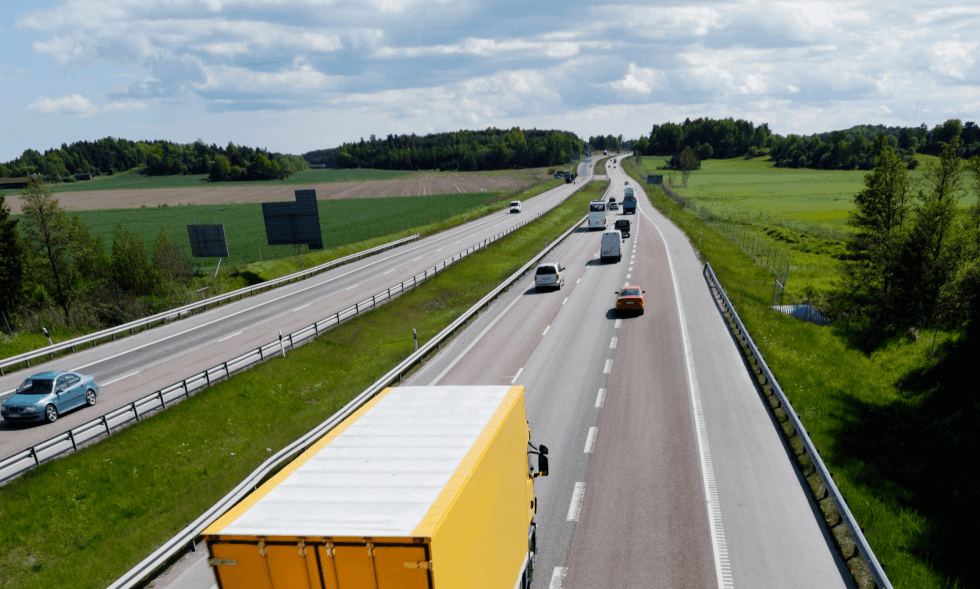Businesses are continuously seeking innovative ways to enhance operational efficiency, marketing strategies, and customer engagement. One such technological advancement that has gained significant traction is geo-fencing. This cutting-edge tool has transformed how businesses interact with their environment and clientele, offering a blend of precision and personalization previously unattainable.
Geo-fencing is a location-based service that utilizes GPS, RFID (Radio Frequency Identification), Wi-Fi, or cellular data to trigger a pre-programmed action when a mobile device or RFID tag enters or exits a virtual boundary set up around a geographical location, known as a geo-fence. This virtual boundary can be as small as a few feet to several miles wide, offering a high degree of flexibility and precision.
The primary function of geo-fencing is to enable software or applications to respond when a mobile device enters or leaves a particular area. These responses can range from sending a text alert to initiating certain actions in an app. For instance, a retail store might use this technology to send promotional notifications to customers who are in proximity to their store.
Evolution and Current Significance in Modern Business
Geo-fencing has its roots in location-based technologies that have been around for several years. However, its application in business has seen a significant surge with the proliferation of smartphones and mobile devices. These devices have made the technology more accessible and relevant for a variety of business applications.
In its early stages, geo-fencing was primarily used for monitoring and security purposes, like tracking vehicles or assets. However, with the advancement of technology, its usage has expanded into numerous sectors. Today, it plays a pivotal role in marketing, where it’s used to tailor promotions and advertisements to consumers based on their location. It’s also widely used in logistics for route optimization and in event management for crowd control and attendee engagement.
The current significance of geo-fencing in modern business lies in its ability to provide real-time, location-specific data and services. This capability allows businesses to create highly targeted and personalized customer experiences, optimize operations, and enhance security. Moreover, as privacy and data security become increasingly important, geo-fencing offers a way to collect and utilize data responsibly and effectively.
Understanding Geo-fencing
This technology has emerged as a critical tool for modern enterprises. This section delves into the technical workings of geo-fencing, explores its different types, and examines how it integrates with various business technologies.
How it Works
Geo-fencing operates by establishing a virtual perimeter or boundary around a specific geographical area. This boundary is created using GPS or RFID technology to pinpoint geographic coordinates.
When a mobile device or RFID tag enters or exits this defined area, the geo-fence triggers a response. These responses can be diverse, ranging from sending notifications and alerts to automatically triggering actions in an application or system. The process involves three key components:
- Defining the Geo-fence: This involves specifying the geographical boundaries of the virtual fence. It can be a circle around a point (like a store or a building) or a more complex shape defining a larger area (like a neighborhood or city section).
- Detecting the Location: Devices within the geo-fenced area are identified through GPS, RFID, Wi-Fi, or cellular data. This detection is continuous or periodic, depending on the application’s needs.
- Triggering the Action: When a device enters or leaves the geo-fenced area, the system recognizes this change and triggers predefined actions, such as sending alerts, logging the event, or starting specific functions within an application.
Types of Geo-fencing Technologies
- GPS-based: Utilizes the Global Positioning System to determine the location of devices. It is highly accurate and can be used for outdoor geo-fencing with a broad range.
- RFID-based: Employs Radio Frequency Identification for detecting objects or individuals. It is commonly used in inventory management and asset tracking within confined areas like warehouses.
- Wi-Fi-based: Uses Wi-Fi signals to detect devices. This is suitable for indoor geo-fencing where GPS signals may be weak or unavailable.
- Cellular Data-based: Relies on cell tower data to locate devices. While less precise than GPS, it is effective in areas with good cellular coverage.
Integration with Other Business Technologies
Integrating geo-fencing with other business technologies amplifies its potential and applications. Key integrations include:
- Customer Relationship Management (CRM) Systems: Geo-fencing can feed valuable customer location data into CRM systems, enabling businesses to personalize customer interactions and marketing campaigns based on location-specific data.
- Enterprise Resource Planning (ERP) Systems: In logistics and supply chain management, geo-fencing integrated with ERP systems can optimize route planning, inventory management, and ensure compliance with delivery schedules.
- Marketing and Advertising Platforms: Integration with marketing tools allows for the delivery of targeted advertisements and promotions to customers based on their location, enhancing the relevance and effectiveness of marketing efforts.
- Security Systems: For asset protection and security, geo-fencing can trigger alarms and monitor movements in restricted areas, integrating seamlessly with existing security infrastructures.
This technology’s versatility lies in its ability to mesh with various technologies, creating a cohesive system that leverages location data for enhanced operational efficiency, marketing precision, and improved overall business performance. As businesses continue to evolve in an increasingly digital world, the role of geo-fencing in synchronizing physical and digital operations becomes ever more critical.
Key Benefits of Geo-fencing for Businesses
This solution’s ability to connect a physical location with digital actions opens up a plethora of opportunities. This section highlights the key benefits of geo-fencing for businesses, including improved targeted marketing, enhanced security, operational efficiency, and real-time analytics.
Enhanced Security: Securing Physical and Digital Assets
- Asset Tracking: Geo-fencing is instrumental in tracking the movement of physical assets, ensuring they remain within designated areas, and alerting when they are moved unauthorizedly.
- Data Security: In digital realms, this technologycan restrict access to sensitive information based on the user’s location, adding an extra layer of security to protect against data breaches.
- Workforce Management: It can also monitor employee access to secure areas, ensuring compliance with safety and security protocols.
Operational Efficiency: Streamlining Logistics and Supply Chain Management
- Route Optimization: Geo-fencing helps in optimizing delivery routes by sending alerts when vehicles deviate from their planned routes, saving time and fuel costs.
- Inventory Management: It enables businesses to monitor inventory levels in real-time as goods move in and out of geo-fenced areas, aiding in efficient inventory management.
- Resource Allocation: By understanding traffic patterns and location data, businesses can better allocate resources where they are most needed.
Real-time Analytics: Gaining Insights Through Customer Movement and Behavior Patterns
- Customer Behavior Analysis: Geo-fencing provides valuable insights into customer behavior patterns, like most visited areas, dwell time, and frequency of visits, which can inform marketing strategies and product placements.
- Performance Metrics: It allows businesses to measure the effectiveness of location-based campaigns by tracking metrics such as foot traffic, conversion rates, and customer engagement levels.
- Market Research: The data gathered through geo-fencing can be used for in-depth market research, helping businesses understand local demographics and tailor their offerings accordingly.
Use Cases
Geo-fencing technology has found its way into a variety of industries, each leveraging its capabilities to enhance their specific operational and customer engagement strategies. Below are some real-world examples and case studies demonstrating the diverse applications of this technology across different sectors.
Retail: Enhancing Customer Experience and Targeted Promotions
- Under Armour: This fitness retailer integrates geo-fencing into its app, allowing shoppers to scan product barcodes for additional information, thus enhancing the in-store experience.
- Home Depot: Their app switches to an ‘in-store’ mode when a consumer enters a store, featuring a ‘product locator’ tool that guides customers to specific products based on their exact location in the store.
- McDonald’s: In 2016, McDonald’s began using geo-fencing in its mobile app to optimize food preparation times. The app detects when a customer is getting closer, allowing staff to start preparing the order so it’s ready upon the customer’s arrival.
- American Eagle: This retailer uses geo-fencing to offer rewards for in-store actions, like trying on clothes. This gamifies the shopping experience, increasing the likelihood of purchases.
Logistics and Transportation: Optimizing Routes and Tracking
- Fleet Management: Geo-fencing is used for tracking and monitoring vehicle movement, optimizing routes, and enhancing overall efficiency in fleet management. It involves setting up restricted zones and receiving alerts if a vehicle enters or leaves these areas, thus minimizing safety risks.
Real Estate: Property Management and Security
- Targeted Marketing for Real Estate Agents: Real estate agents use geo-fencing to target ads to potential clients frequenting areas like local coffee shops, gyms, or grocery stores. This strategy increases the effectiveness of digital ads and lead generation.
Healthcare: Patient Tracking and Asset Management
- Patient Scheduling and Experience: Geo-fencing sends appointment reminders and health tips, automates patient check-in, and helps patients navigate large hospital complexes.
- Data Security: It secures sensitive patient data by locking records when a mobile device exits the geo-fenced area and restricts device features that could compromise data security.
- Streamlining Clinical Workflows: The technologytracks medical staff, patients, and equipment, improving resource allocation and reducing administrative tasks and wage theft.
- Data Collection for Marketing: Healthcare providers use geo-fencing to collect feedback and insights for targeted advertising, such as sending surveys when a patient exits a geofenced area.
Future of Geo-fencing in Business
The landscape of geo-fencing is continuously evolving, driven by technological advancements and changing business needs. The future of geo-fencing in business is poised to see significant developments in both its applications and technologies.
Emerging Trends and Technologies in Geo-fencing
- Integration with IoT and Smart Devices: As the Internet of Things (IoT) expands, geo-fencing is expected to integrate more seamlessly with smart devices, leading to more automated and intelligent responses based on location data.
- Advanced Data Analytics: Enhanced analytics capabilities will allow businesses to extract deeper insights from geo-fencing data, leading to more informed decision-making and personalized customer experiences.
- AI and Machine Learning: The integration of AI and machine learning will enable more sophisticated and adaptive geo-fencing systems, capable of learning from user behaviors and adjusting boundaries and triggers accordingly.
- Augmented Reality (AR) Integration: Geo-fencing might combine with AR to offer immersive, location-based experiences, particularly in retail and tourism.
Predictions for Future Applications and Advancements
- Enhanced Personalization in Marketing: Geo-fencing will enable even more personalized and contextually relevant marketing strategies, offering unique customer experiences based on precise location data.
- Smart City Development: Geo-fencing could play a crucial role in the development of smart cities, managing everything from traffic and public transport to utilities and emergency services.
- Improved Security Measures: Advancements in this technology will offer more sophisticated security solutions, particularly in sensitive areas and for high-value assets.
- Healthcare Advancements: In healthcare, geo-fencing can be used for more effective patient management, including tracking patient movements within facilities and ensuring timely care.
- Sustainability Initiatives: This solution might contribute to environmental sustainability by optimizing routes for lower emissions in logistics and enabling smart energy management systems.
Final Thoughts
From enhancing targeted marketing and improving operational efficiency to securing assets and providing invaluable real-time analytics, geo-fencing has proven its worth across various industries. Its integration with emerging technologies like AI, IoT, and AR points to an even more dynamic future, promising to revolutionize how businesses interact with their environment and customers.
For businesses aiming to stay competitive and innovative, incorporating geo-fencing into their strategic planning is not just an option but a necessity. Its ability to offer personalized customer experiences, optimize processes, and provide deep insights makes it an invaluable tool in the ever-evolving digital landscape. Embracing geo-fencing can lead businesses towards more efficient operations, enhanced customer engagement, and ultimately, a stronger position in the market.
Interested in learning more? Contact your GoFleet specialist today.





